
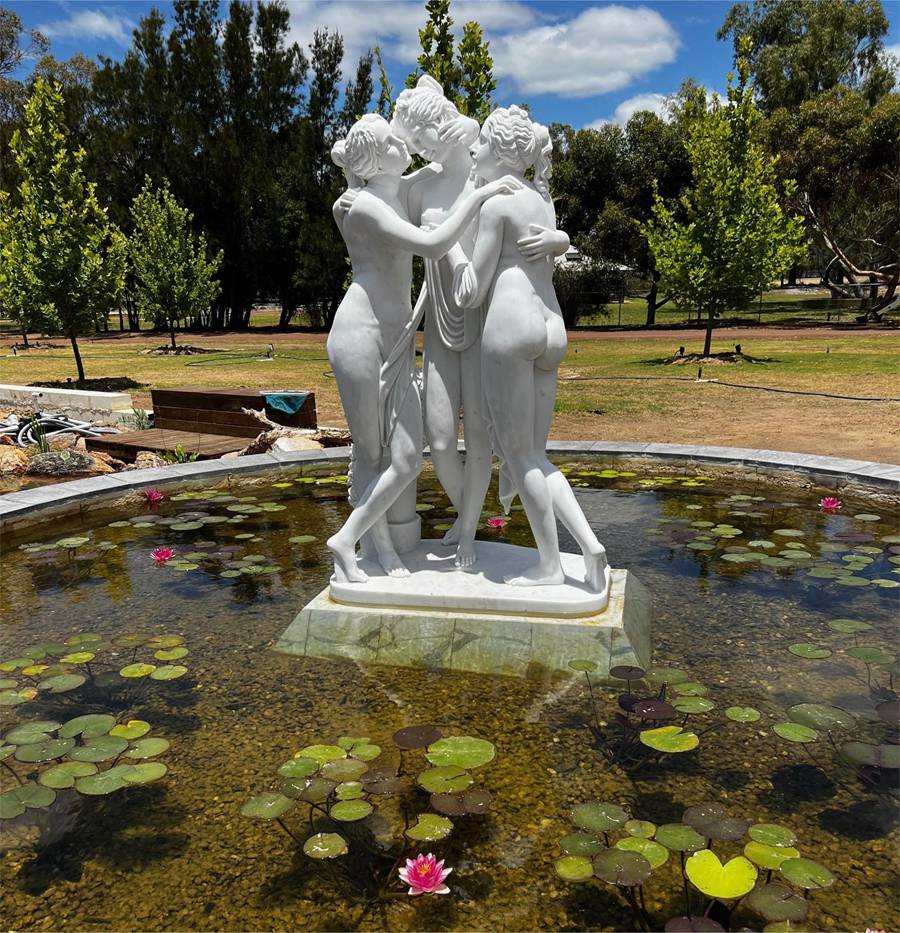




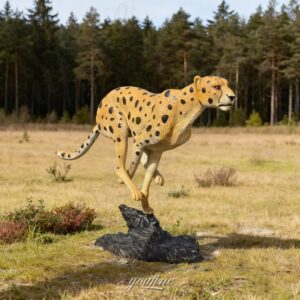
African grassland themes have become increasingly popular in modern zoos, offering visitors an immersive glimpse into the wild savannah. While live animals are the centerpiece, bronze sculptures of the Big Five—lion, elephant, leopard, rhino, and buffalo—play a key role in bringing the environment to life. Durable, realistic, and striking, these bronze animal sculptures not only enhance the
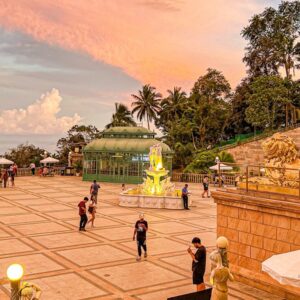
Large wrought iron greenhouses have become iconic statement pieces for estates, castles, wedding venues, restaurants, spas, and bespoke luxury projects. Their graceful lines, ornate ironwork, and timeless Victorian or European architectural style make them more than just structures—they’re destinations. Whether used as an event hall, a dining pavilion, a relaxation space, or an architectural focal
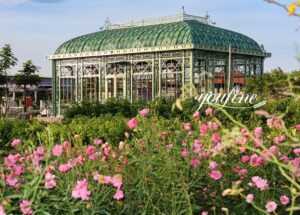
When it comes to building a long-lasting wrought iron greenhouse, the beauty of the design is only half the story. The real secret behind a greenhouse that stays strong and rust-free for decades lies in one quiet detail: how the metal is galvanized. Most greenhouse buyers focus on style, size, and color. But whether your

Few sculptures capture the spirit of freedom and power quite like a bronze flying eagle statue. With its wide-spread wings and fierce gaze, the eagle has become a timeless symbol of strength, courage, and inspiration. Whether displayed in a garden, courtyard, or at the entrance of an estate, a flying eagle instantly adds energy and

Fountains featuring elegant lady statues have long been admired as timeless centerpieces for gardens and courtyards. A woman fountain brings a sense of grace, balance, and serenity—turning any outdoor space into a poetic reflection of beauty and life. From classical Greek goddesses to modern abstract female figures, these sculptures not only celebrate femininity but also
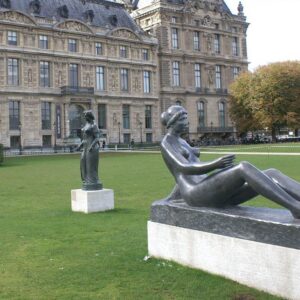
For more than a century, Aristide Maillol’s serene, grounded figures have resided in museums and civic gardens across Europe. Yet their calm, self-contained presence makes them equally suited for private gardens and collections. Maillol’s sculptures invite collectors to think beyond decoration – they embody a sculptural philosophy that connects the quiet permanence of European public art
WhatsApp us
